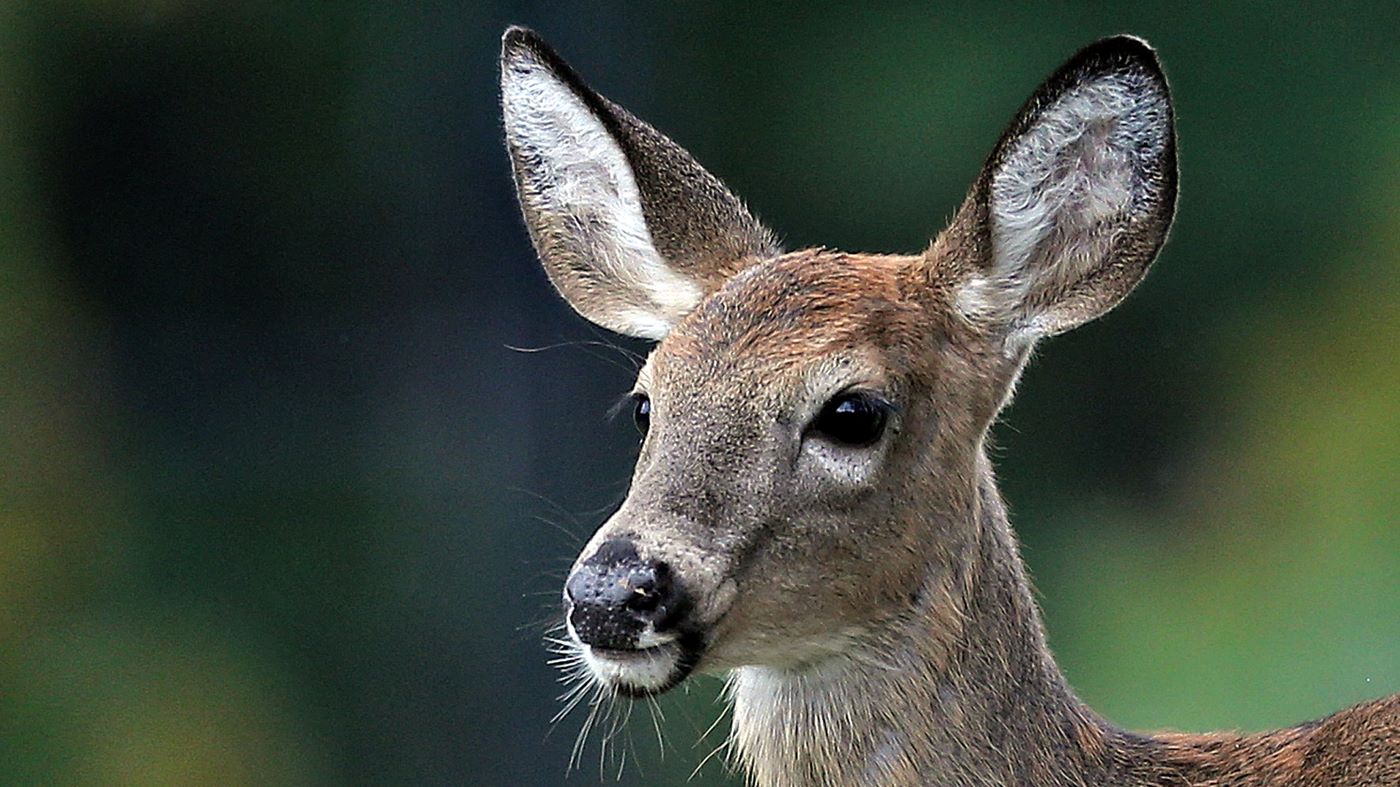Humans transmitted the coronavirus to white-tailed deer more than 100 times between late 2021 and early 2022, according to recent research led by the U.S. Department of Agriculture’s Animal and Plant Health Inspection Service (APHIS).
The study also indicates that the virus likely spread extensively among deer populations, underwent mutations within these animals, and may have been transmitted back to humans on at least three occasions.
These findings, some of which were published in Nature Communications, raise concerns that deer, which are widespread across the United States, could serve as a persistent reservoir for the virus and potentially give rise to new variants.
“Deer regularly interact with humans and are commonly found in human environments — near our homes, pets, wastewater, and trash,” stated Xiu-Feng Wan, a zoonotic disease expert at the University of Missouri and co-author of the study.
“The potential for SARS-CoV-2, or any zoonotic disease, to persist and evolve in wildlife populations can pose unique public health risks.”
Scientists collected over 11,000 samples from deer across 26 states and Washington, D.C., finding that one-third had antibodies to the coronavirus, indicating prior exposure, and 12% were actively infected.
The study underscores several public health concerns. While there is no evidence that deer play a significant role in transmitting the virus to humans, the potential for the virus to persist and mutate in animal reservoirs raises alarms.

Variants such as Alpha and Gamma continued to circulate in deer even after becoming rare in human populations.
Moreover, new hosts like deer provide opportunities for the virus to mutate further, potentially creating variants that could evade immunity built against earlier strains. Understanding these dynamics is crucial as ongoing surveillance efforts expand to additional states and species.
The research involved collaboration between APHIS, the Centers for Disease Control and Prevention (CDC), and the University of Missouri.
Sequencing nearly 400 samples collected from November 2021 to April 2022, scientists identified multiple virus variants in deer, including Alpha, Gamma, Delta, and Omicron.
Comparative analysis of viral samples from deer and humans revealed at least 109 instances of virus transmission from humans to deer, with subsequent deer-to-deer spread observed frequently.
The study also documented instances in North Carolina and Massachusetts where humans were infected with variants adapted in deer, highlighting the bidirectional nature of viral transmission between species.
Moving forward, ongoing surveillance efforts will continue to monitor these dynamics, aiming to elucidate how the virus is transmitted from humans to deer and the potential role of deer in sustaining the virus in natural environments.
